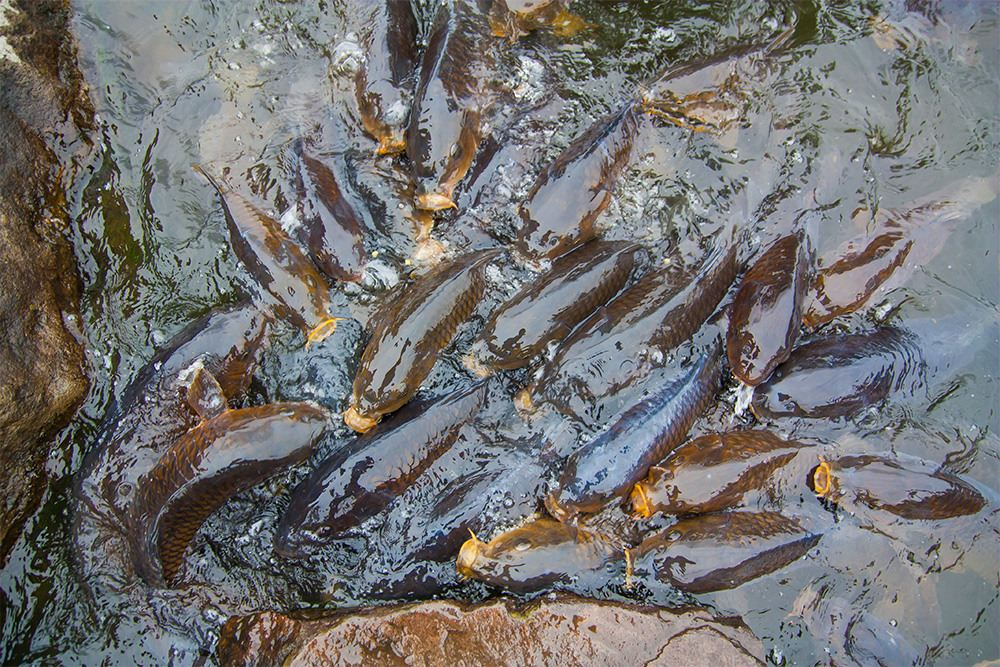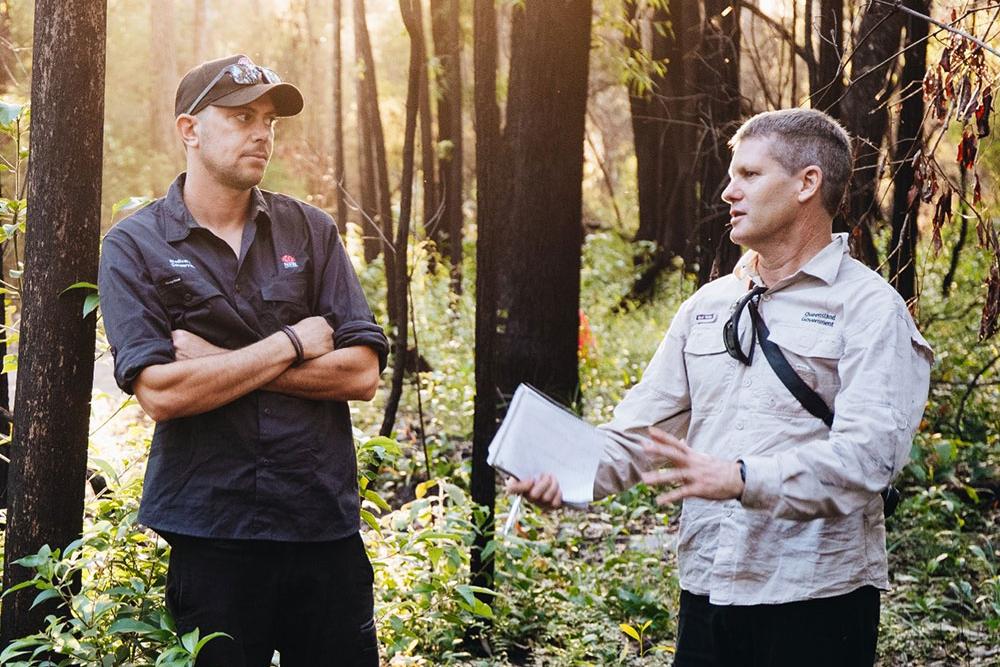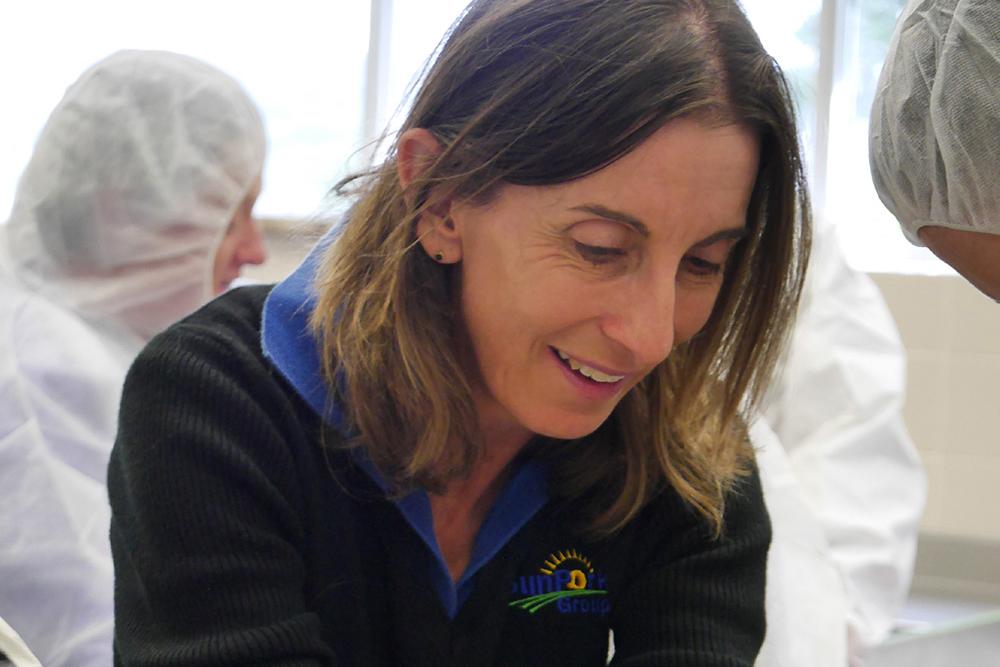Building on the work undertaken to develop the National Carp Control Plan, the Australian Government is progressing with the next phase of investigating the feasibility of the Cyprinid herpesvirus 3 (carp virus) as a biological control agent to control common carp.
Dr Bertie Hennecke, Australian Chief Environmental Biosecurity Officer, provided an update on the program during a webinar hosted by the department in May 2024. Dr Toby Piddocke, from the Fisheries Research and Development Corporation provided an overview of the National Carp Control Plan and the plan’s key takeaways. Dr Piddocke worked on the plan as a research manager and technical writer. Dr Hennecke detailed the further work and research required together with regulatory approvals necessary to register and use the carp virus as a biocontrol agent in Australia.
High rainfall and recent flooding in eastern parts of Australia has exacerbated the carp problem with current control measures unable to manage the surging populations that are destroying freshwater habitats.
Dr Hennecke said, “Australia’s Agriculture Ministers have agreed to the next phase of work which seeks to address priority research gaps identified in the Plan, and tackle the legislative and regulatory approvals needed before the virus can be released.”
This next phase is expected to take approximately 2-3 years. Any release of the virus will require considerable planning, Dr Hennecke advised that some state governments are beginning this process now, by preparing for possible controlled field trials once regulatory and other approvals have occurred.
Dr Piddocke said “the virus could potentially reduce carp populations by 40 to 80% depending on carp demography and environmental conditions.
“Releasing the virus would most likely, cause an initial major outbreak followed by ongoing seasonal kills of small carp. It is unlikely we will see a ‘Carpageddon’ scenario, in which the virus spreads through Australia’s waterways in a rapid and uncontrolled way. A concerted deployment effort to introduce the virus into targeted populations will be needed, requiring effort and resourcing. The release would need to occur alongside other management activities.”
Both Dr Hennecke and Dr Piddocke highlighted that while the National Carp Control Plan has enhanced understanding of the suitability of using the carp virus as a biocontrol, several questions remain unanswered.
Dr Hennecke said “In addition to the environmental impacts, we also shouldn’t forget the enormous cultural, social, and economic impacts uncontrolled carp numbers are having on river communities and First Nations people. It’s imperative we continue to investigate more effective control methods. However, any intentional release of the virus must be backed by sufficient research.
“Then, provided the necessary regulatory approvals are in place, the decision to release the virus as a biocontrol agent will ultimately be up to the Agriculture Ministers.”
To view the webinar and find out more about the program visit https://www.agriculture.gov.au/biosecurity-trade/pests-diseases-weeds/pest-animals-and-weeds/national-carp-control-plan




